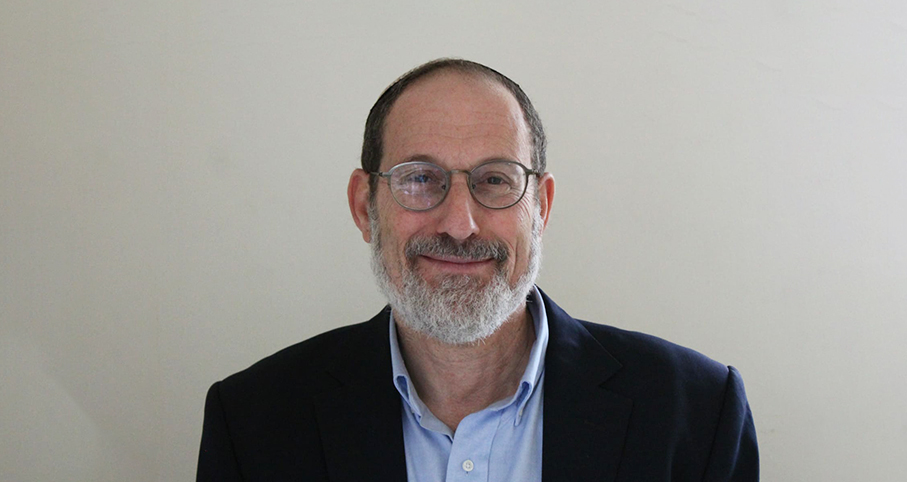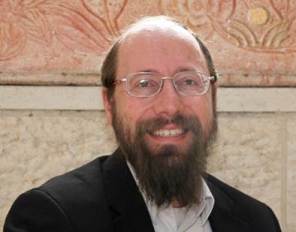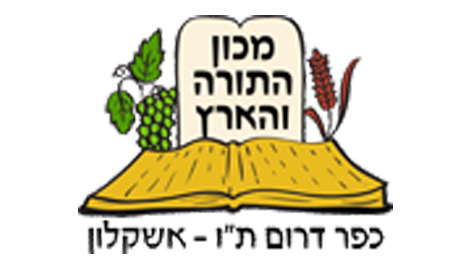Ask the Rabbi
Question
I have noticed that some Levis do not wash the Cohen’s hands before the duchaning. I have seen this by sephardim and ashkenazim. Is there a basis for this behavior?
Also, Is there a custom of extinguishing the shamash candle after lighting the Chanukah lights?
Answer
Shalom,
Thank you for your question. I must admit that, as an Israel, I haven’t noticed that the Levis don’t do their job of washing the Cohens’ hands before the priestly blessing. The reason they are supposed to wash the Cohens’ hands is because the Torah says that the Levi should accompany the cohen and serve him. This adds extra holiness to the blessing of the Cohen (see Shulchan Aruch HaRav, 128,10). The source for this practice is from the Zohar, and is brought in the Shulchan Aruch (Orach Haim, 128, 6).
Rav Moshe Feinstein zt”l wrote that it is incorrect for the Levis to be lax in this mitzvah and leave the Cohanim to wash their own hands (Igrot Moshe O.H. 4, 127). However I have found that even though many rabbis permit (or obligate) the Levi to leave the synagogue and miss out hearing the repetition of the Amidah, some rabbis allow a Levi who does not want to miss answering “amen”, to refrain from going out to wash the Cohen's hands, even if it will mean that the Cohen has to wash his own hands. For example, see the response of the Shevet HaLevi (8,47) who says the Levi goes out to wash the Cohen's hands even if this will cause him to miss out on hearing the repetition. But the Tzitz Eliezer (21,7) says that if he really wants to listen to the blessings, he does not need to go out even if there is no other Levi. The Tshuvot Ve’Hanagot (Rav Sternboch shlitah) (3, 48) also notes that a Levi should not walk in front of a person praying in order to go to wash the Cohen's hands. It would seem from these sources that if there were other valid reasons for the Levi to refrain from going to wash, he could rely upon them – such as if he had trouble walking, or liked to pray slowly and at length, etc.
Perhaps for these reasons you notice that there are Levis who don’t go out to wash. It seems that we can judge them favourably – however if they were to ask me I would advise them to try to take part in this mitzvah when they can.
Your second question refers to putting out the shamash candle after lighting the Hanukah lights. There are two reasons for the shamash – or extra candle. One is so that we do not come to use the lights of the Hanukah candles, which, as we say in the prayer, we are allowed to see but not benefit from. In order to make certain that any benefit we have from the Hanukah lights will not be considered as forbidden use, we leave an additional candle lit next to the menorah (slightly higher than the other candles, or to the side). This extra candle should certainly not be extinguished while the Hanukah candles are burning.
The second reason for the shamash is to have a candle to light the Hanukah candles with. This candle is lit first and then used to light all the candles in the Menorah. Some people use this shamash candle to serve both purposes, and after lighting the menorah with this extra candle, they then place it next to the Hanukah candles to serve as the extra candle we mentioned above to stop forbidden benefit. If so then, as we said above, it should not be blown out. But many people use the candle they light with (or a match, lighter etc) to light the Hanukah candles, and an extra “shamash” candle that is already set up in the Menorah. For example, on the second day of Hanukah they have two candles set up in the Menorah, and also a third “shamash” candle in the special raised place in the middle (or on the side) of the Menorah. They then light a candle from which they will light these three candles. Is this is the case, one may certainly blow out the extra candle after it has served its purpose and the Menorah is lit.
Blessings.

Wearing A Tallit on Rosh Hashanah Eve
Various Rabbis | 29 Elul 5764
Pool in the nine days
Rabbi Daniel Kirsch | Kislev 7, 5786

bulletproof vest on Shabbos
Rabbi Yoel Lieberman | Kislev 5, 5786




